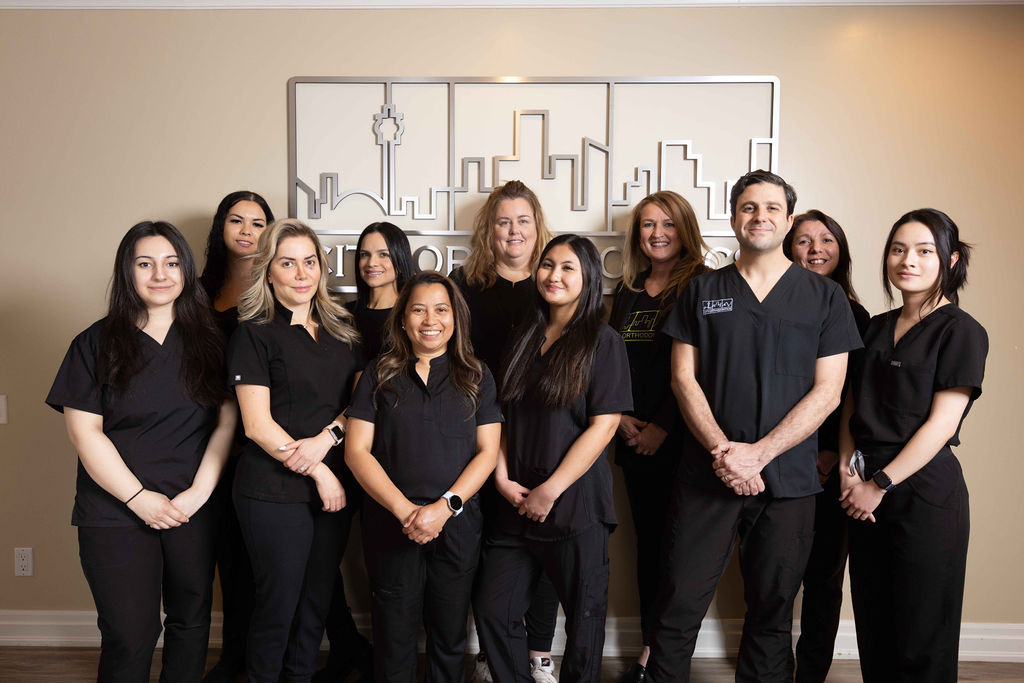Whether you're looking to enhance your smile for a special occasion or simply want to improve your everyday appearance.
.svg)
Start your smile journey with a personalized, no-obligation consultation. Meet our orthodontists, explore your options, and get a customized treatment plan—on us.
.svg)
Conveniently located and trusted by families across the GTA, our clinic is known for expert care, advanced technology, and a welcoming environment.

From kids to adults, we offer clear aligners, metal braces, and ceramic options tailored to your lifestyle. Discover a comfortable, discreet path to a confident smile.
Whether it's your first visit or you’re a returning patient, our team is here to provide you with personalized care in a relaxed and friendly environment.
.svg)
.svg)
Fill out the form below, and we’ll get back to you as soon as possible.

.svg)
Our team at City Ortho is here to provide you with expert dental care in a comfortable and welcoming environment.